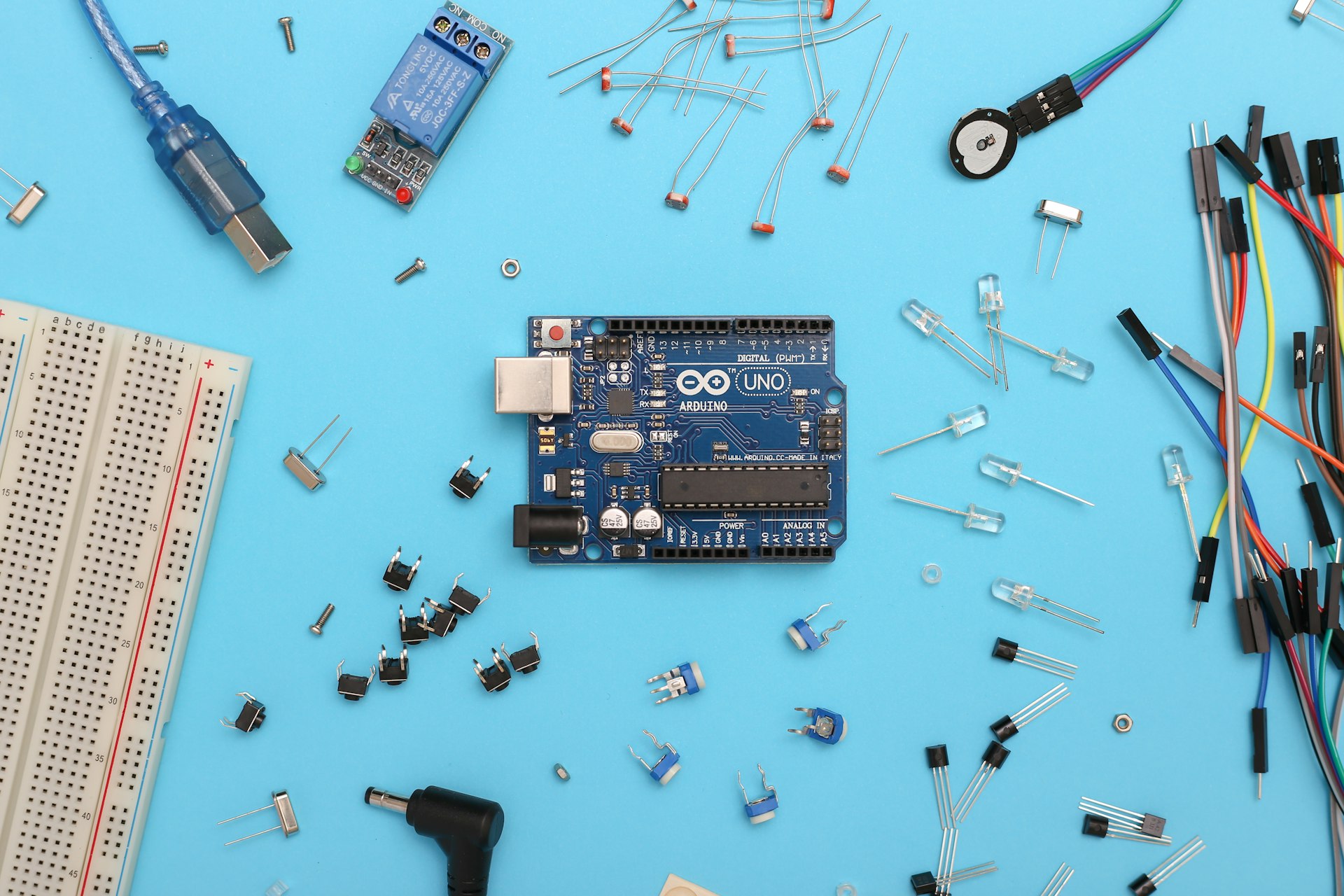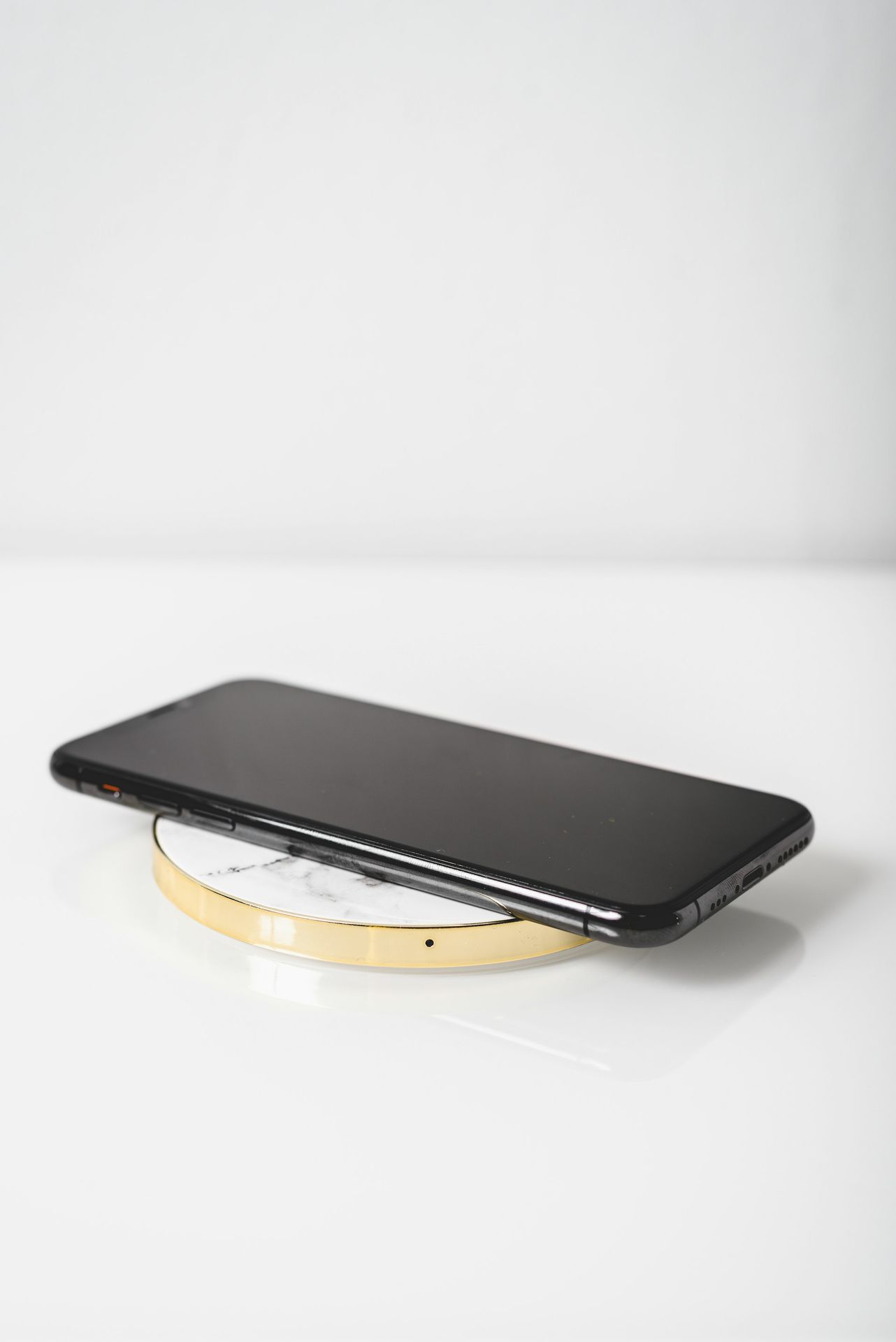In an era where electronic devices are an integral part of our daily lives, the management of electronic waste (e-waste) is becoming an increasingly important issue. The WEEE Directive (Waste Electrical and Electronic Equipment), an initiative of the European Union, plays a crucial role in this. In this blog we explore what WEEE exactly means, why it is so important and how it contributes to a more sustainable environment.
What is WEEE and e-Waste?
WEEE stands for 'Waste Electrical and Electronic Equipment', which can be translated as 'Discarded Electrical and Electronic Equipment'. It is an EU directive that focuses on the collection, processing and recycling of electronic waste. The WEEE Directive aims to reduce the amount of electronic waste going to landfills and promotes the reuse, recycling and other forms of recovery of such waste. These regulations are essential to limit the impact of e-waste on the environment and ensure its sustainable processing.

The importance of the WEEE Directive
The WEEE Directive is crucial for both the environment and public health. Electronic waste often contains hazardous substances such as lead, mercury and cadmium, which can be harmful to both the environment and human health if not disposed of properly. By promoting the collection and processing of e-waste, WEEE contributes to reducing environmental pollution and health risks. In addition, the directive stimulates the development of a circular economy by promoting the reuse of valuable materials from electronic devices.
WEEE in practice
To achieve the objectives of the WEEE Directive, various measures have been taken:
- Collection points: Collection points have been set up where consumers can drop off their electronic waste for recycling.
- Manufacturer Responsibility: Manufacturers of electronic devices are held responsible for the end of life of their products. This includes responsibility for the collection, recycling and treatment of the equipment.
- Awareness: The guideline also emphasizes the importance of raising awareness among consumers about the importance of properly disposing of electronic devices.
Read more:

Qi2: a fusion of MagSafe and Qi wireless charging
The unveiling of Qi2, the latest standard in wireless charging by the Wireless Power Consortium (WPC), at the 2023 CES show marks a significant advance in wireless charging technology.
Payment according to WEEE
The WEEE requires importers of electrical and electronic equipment to contribute to the costs of collection, treatment and environmentally sound disposal of these products at the end of their life. The amount of this payment depends on the nature and quantity of the imported equipment. Compliance with WEEE regulations is not only a legal obligation, but also contributes to the responsible handling of electronic waste and the promotion of a circular economy. It is therefore important that importers are aware of their responsibilities under the WEEE Directive and comply with them closely to contribute to a more sustainable future.
Conclusion
The WEEE Directive is an important instrument in the fight against the growing mountain of electronic waste. By promoting the correct collection and processing of e-waste, it contributes to a healthier environment and supports the transition to a circular economy. It is crucial that both consumers and producers are aware of their role in this process and actively contribute to a more sustainable future.
Do you need help with importing from India?
Westwood Sourcing provides specialist support and expertise to make importing from India successful and efficient. Contact us today for more information!









